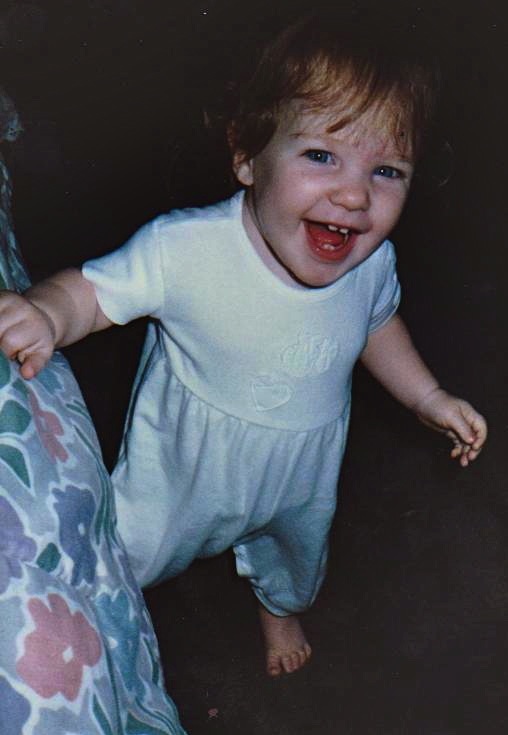Are Your Make-Up and Body Care Products Making You Or Your Children Sick?
“In the U.S.,major loopholes in the federal law allow the cosmetics industry to put thousands of synthetic chemicals into personal care products, even if those chemicals are linked to cancer, infertility or birth defects. At the same time as untested chemicals have been steadily introduced into our environment, breast cancer incidence has risen dramatically.”
quote from Cancer Fund, “Chemicals in Cosmetics.”
Many people ask me what I put on my body and use for make up. I use a certified organic make-up and skin care line by NYR Organic from England.
I love the safe baby care products that they carry as well as their body care, essential oils and make-up.
One day when my children were small, I read about how the innocent Minnie Mouse Bubble Bath I’d just bathed my children in could cause blindness. I was so alarmed. So I started researching and reading ingredients on everything. How could the U.S. government allow toxin and carcinogenic ingredients in our toothpaste, bubble bath, shampoos, and more?
After going through my bathroom cabinets and reading all the ingredients, I threw out almost everything! Since then, I’ve been extremely careful about what I put on our bodies. Because what we put on our skin, our largest organ, is absorbed into the blood stream, be sure to use safe, toxin-free products.
Look out for these ingredients:
• DEA or Diethanolamine. This ingredient is used in many household and personal products such as shampoo, bubble bath, lotions, and detergents for laundry or dishwashing. DEA is a known toxin in industrial applications, now proven to cause cancer when applied to the skin of rats. Dr. Samuel Epstein, author of The Safe Shopper’s Bible and founder of The American Coalition to Prevent Cancer, is a leading authority on toxicology. He issued a strong warning about the use of cocamide DEA or lauramide DEA. Many products contain these ingredients and simply don’t have warnings on them.(2)
• Propylene Glycol. This main ingredient in antifreeze and hydraulic fluids is used as a solvent. It’s also found in pet food, lotions, shampoos, toothpastes, deodorants, processed foods, and more. A colorless, hygroscopic liquid, it has been tested by the American Academy of Dermatologists and found to cause skin irritation at low levels. It can be harmful if inhaled, ingested, or absorbed into the skin. It can also cause nausea, headaches, central nervous system depression, eye irritation, skin irritation, and gastrointestinal disturbances. (3)
• SLS or Sodium Lauryl Sulfate. This is found in detergents, concrete cleaners, engine degreasers, and more. It’s used in clinical studies to irritate skin tissue. It corrodes hair follicles and impairs the ability to grow hair. When combined with other nitrogen-bearing ingredients, carcinogenic nitrates can form. SLS enters (and maintains residual levels) in the heart, liver, lungs, and brain from skin contact. (4)
• Talc. Talcum powder is a mineral made up mainly of the elements silicon, magnesium, and oxygen. Talc is similar to asbestos and “may result in fallopian tube fibrosis with resultant infertility,” according to Journal of the American Medical Association (JAMA). “Talc’s harmful effect on human tissue has been known for quite some time. Long ago, its dry lubricating properties were used as a glove-donning powder (easy to glide on) for surgical gloves. As early as the 1930s, talc was linked to post-operative granulomatous peritonitis and fibrous adhesions.” (5)
What we put on our skin, our largest organ, is absorbed right into the blood stream, so it is important to use safe and toxin free products. Babies are precious and fragile. We must protect their skin and put safe lotions, oils and other bath products on them and their bath.
Take control of your health and order your certified organic safe make-up and body care products today:
Click Here To See These Products and Check Out the
August Specials
Contact me if you are interested in carrying their products with your business.
Resources:
Sources: 1.“Chemicals in Cosmetics.”
2. U.S. Department of Health and Human Services, National Toxicology Program- NTP TR 478. Two year study concluded 1997.
3. Rub A Dub Dub…Is Cancer In Your Tub. Published by Network News and Publications 1999. Young Living Oils brochure. Website: https://www.youngliving.org/oils4wellness
4. Journal of the American Medical Association (JAMA) 3/15/95 from the Nutrition Health Review , Summer 1995 n73 p.8
and U. S News and World Report, March 17, 1997, v122 n10 p 77.
5. National Cancer Institute 4/22/91
Full Disclosure: If you happen to purchase anything I recommend in this or any of my communications, it’s possible I’ll receive some kind of affiliate compensation. I only recommend people and programs I believe in deeply, and feel you will get enormous value from. However, if you ever have an issue with something I recommend, please let me know by hitting “reply” and sharing your thoughts.
copyright@nancyaddison2014


